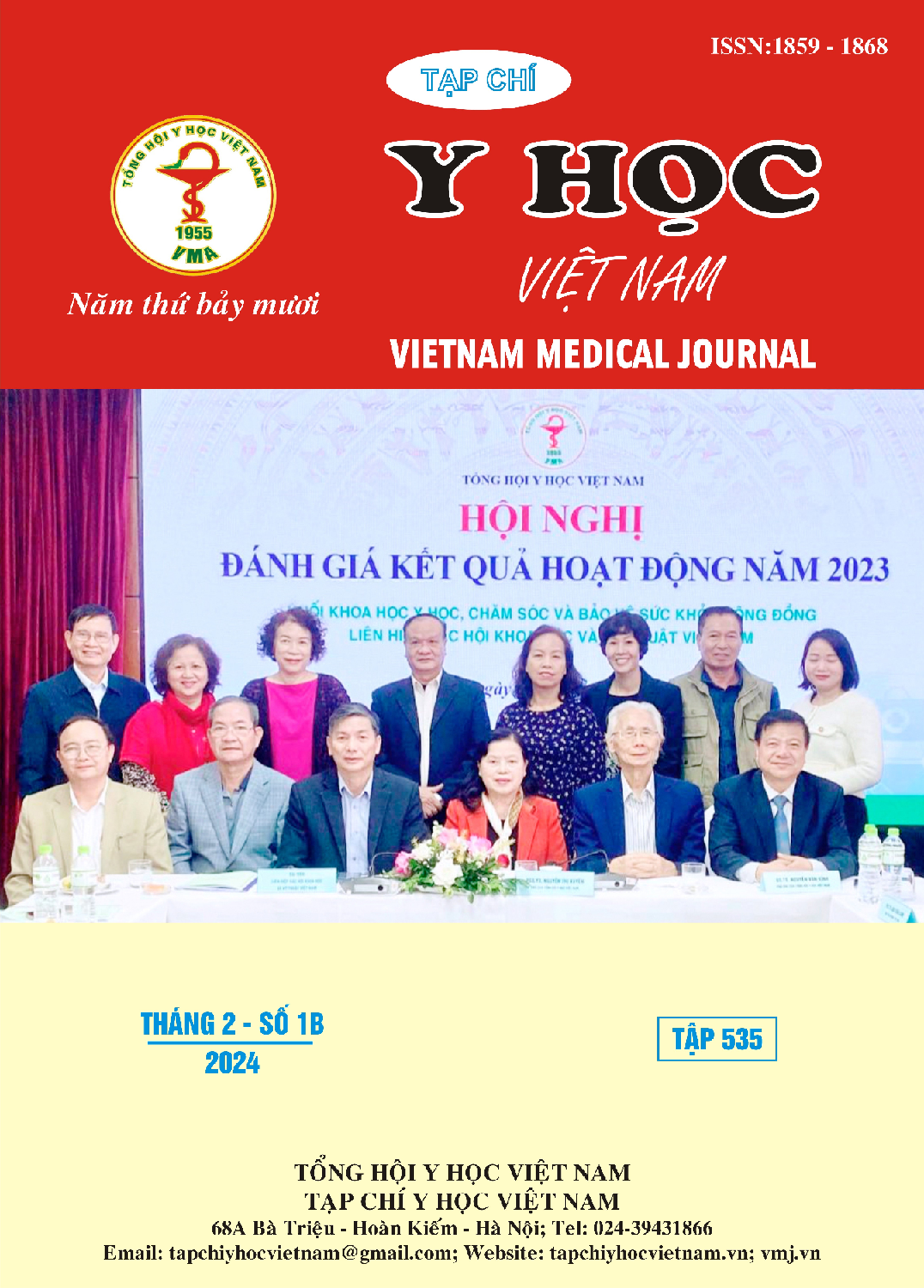RENAL ARTERY ANATOMY ON DIGITAL SUBTRACTION ANGIOGRAPHY AND APPLICATION IN SUPERSELECTIVE RENAL ARTERY EMBOLIZATION POST-PERCUTANEOUS NEPHROLITHOTOMY
Main Article Content
Abstract
The renal artery is an important artery of the body, usually originating from the abdominal aorta and branching to supply blood to the kidneys and ureters and plays an important role in physiological functions such as filtering blood and regulating blood pressure. Renal artery hemorrhagic lesions are relatively common, one of the most common renal artery hemorrhagic lesions is the bleeding lesion post-percutaneous nephrolithotomy. The development of radiology has given rise to the digital subtraction angiography (DSA) method, which can asses renal artery anatomy in a visual and detailed manner. One application of renal artery anatomy on DSA in clinical practice is superselective renal artery embolization post-percutaneous nephrolithitomy. Because the branches of the renal artery system in the kidney parenchyma do not have connections with each other, when any branch is blocked, that part of the kidney parenchyma will lack of blood supplication. During the period from January 2019 to May 2023, Hanoi Medical University hospital has performed 32 cases of superselective renal artery embolization post-percutaneous nephrolithotomy. The results show that the most common lesions are pseudoaneurysms with a rate of 62,5%. Bioglue is the most commonly used material (75%). The average hospital stay is 5,8 days. There are 96,9% of embolization cases successful after 1 intervention. There is only 1 case that needs a second intervention and was successful after that, showing the effectiveness of this method.
Article Details
Keywords
careful artery, digital subtraction angiography, DSA, hemostatic plug after percutaneous lithotripsy
References
2. Bookstein JJ, Ernst CB. Vasodilatory and vasoconstrictive pharmacoangiographic manipulation of renal collateral flow. Radiology. 1973;108(1):55-59.
3. Kim HY, Lee KW, Lee DS. Critical causes in severe bleeding requiring angioembolization after percutaneous nephrolithotomy. BMC urology. 2020;20(1):1-7.
4. El-Nahas AR, Shokeir AA, Mohsen T, et al. Functional and morphological effects of postpercutaneous nephrolithotomy superselective renal angiographic embolization. Urology. 2008;71(3):408-412.
5. Skandalakis J, Colborn GL, Weidman TA, Foster R, Kingsnorth A. Skandalakis' surgical anatomy. McGraw Hill Companies, Incorporated; 2004.
6. Nguyễn Quang Quyền (người dịch). Atlas giải phẫu người. Nhà xuất bản Y học. 2020. 2001:342.
7. Uflacker R. Atlas of vascular anatomy: an angiographic approach. 2007.
8. Hoàng Long, Trần Quốc Hòa, Chu Văn Lâm và cộng sự. Kết quả tán sỏi qua da qua đường hầm nhỏ tư thế nằm nghiêng dưới hướng dẫn của siêu âm. Tạp chí nghiên cứu y học. 2020;134(10).
9. Du N, Ma J-Q, Luo J-J, et al. The efficacy and safety of transcatheter arterial embolization to treat renal hemorrhage after percutaneous nephrolithotomy. BioMed research international. 2019;2019
10. Dong X, Ren Y, Han P, et al. Superselective renal artery embolization management of post-percutaneous nephrolithotomy hemorrhage and its methods. Frontiers in Surgery. 2020;7:582261.


